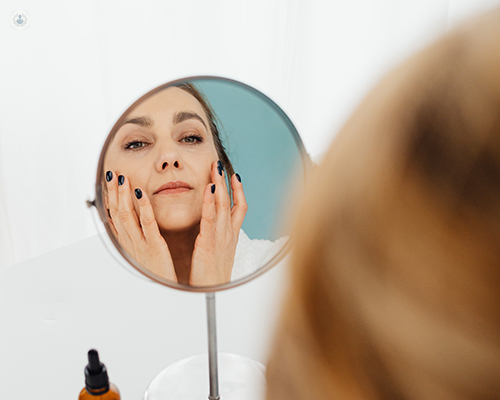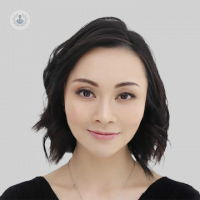Thread lifts: Advanced aesthetics for youthful skin
Written in association with:Thread lifts are a popular cosmetic option designed to rejuvenate the skin and restore youthful contours, providing a subtle lift.
If you are considering this innovate treatment, aesthetic medicine specialist Dr Tracy Xu explains what a thread lift entails, how the procedure works, and what results to expect.

What is a thread lift?
A thread lift is a minimally invasive cosmetic procedure that lifts and tightens sagging skin using biodegradable threads (sutures) placed beneath the skin. These threads not only provide an immediate lifting effect but also stimulate collagen production over time, leading to firmer and more youthful-looking skin.
Thread lifts can address several areas of the face and body prone to sagging, including the cheeks, jawline, neck, brows, and nasolabial folds (smile lines). They can also be used on the arms, abdomen, and other areas where mild to moderate skin laxity is present.
How is the procedure performed?
A thread lift is typically performed in an outpatient setting. It takes about 30 minutes to an hour. The procedure begins with a consultation where your specialist will evaluate your skin and discuss your goals.
Once the treatment plan is established, your specialist will cleanse the target area and apply a local anaesthetic to numb it. Your specialist will then use a fine needle or canula to insert the threads beneath the skin in strategic directions.
There are three main types of threads, each with unique properties:
- PDO (polydioxanone) threads, which dissolve within 6 months.
- PLLA (poly-l-lactic acid) threads, which dissolve over 12 to 18 months.
- PCL (polycaprolactone) threads, which remain in place for up to 2 years.
The threads lift the skin immediately by physically repositioning the tissue, creating a controlled injury under the skin. Over time, the body’s natural healing process responds to the threads by producing collagen, which adds firmness, elasticity and texture to the skin. This prolongs the rejuvenating effects of the thread lift.
Are there any risks or potential complications involved?
Like any medical procedure, thread lifts carry some risks, but complications are rare when performed by a qualified and experienced specialist.
Common side effects include mild swelling, bruising, and tightness at the insertion sites, which usually resolve within a week. Additionally, minor dimpling or puckering of the skin can occur, which usually corrects itself within a few days.
In rare cases, more serious complications can occur, such as infection, asymmetry, or thread extrusion (where a thread becomes visible under the skin). These issues can be addressed by your specialist with minor corrections or treatment.
The recovery period after a thread lift is relatively quick. Most people can resume normal activities within a day or two, although it’s recommended to avoid strenuous physical activity, heavy lifting, and facial massages for two weeks to allow the threads to settle. Sleeping on your back and keeping facial movements gentle during this time can also support optimal results, preventing added pressure on the treated area.
When are results visible, and how long do these last?
The results of a thread lift are visible immediately after the procedure, with a subtle lift in the treated areas, along with smoother and firmer skin. The full benefits of the treatment will emerge gradually over the following 2 to 3 months as the body produces new collagen in response to the threads.
The longevity of the results will depend on the type of thread used as well as your age, skin condition, and lifestyle habits. In general, results can last between 12 to 20 months. To prolong or enhance the effects, you will be encouraged to maintain a healthy lifestyle, protect your skin from sun damage, and consider follow-up treatments if needed.
If you would like to book an appointment with Dr Tracy Xu, head on over to her Top Doctors profile today.


